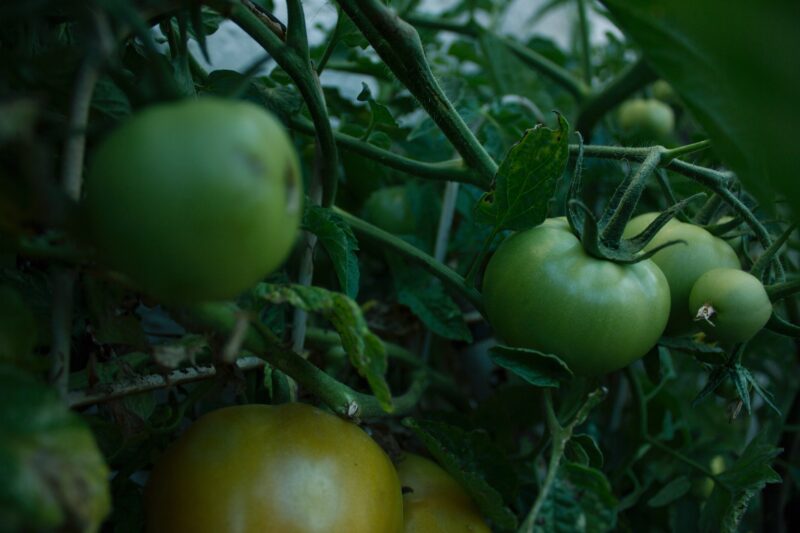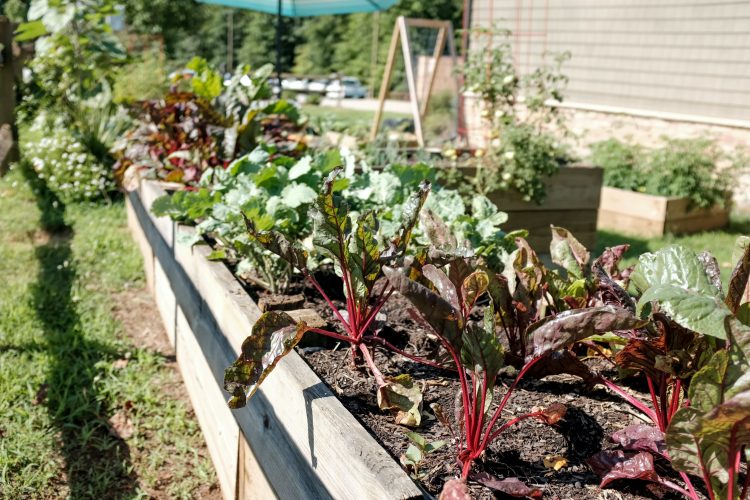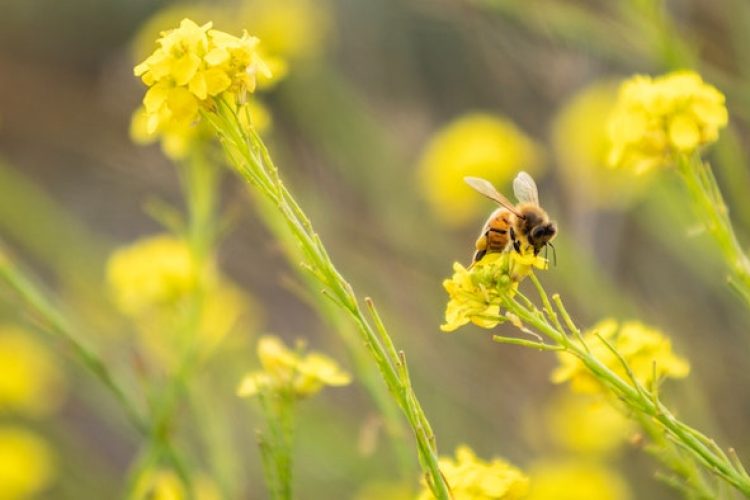Introduction to Permaculture

The word “Permaculture” comes from two-word combinations: permanent and agriculture and permanent and culture. It is a design system that could potentially revolutionize what we call civilization. Largely used in homesteading or home and community gardens, rather than in large agricultural acreages, permaculture includes perennial vegetables and fruits, both bush and tree. In regards to culture, permaculture references real changes in how we build our homes and our communities and how we interact in the world.
The word, permaculture, was coined by two Australians: Bill Mollison and David Holmgren. The process is continually being refined by people all over the globe. It has been called “an ancient yet cutting-edge technology.” Christopher Shein, the author of The Vegetable Gardener’s Guide to Permaculture, says, “Permaculture not only aims to make the soil productive, but also to make enough room for everyone to come to the table and eat.” He adds, “It is an approach that encourages the home gardener to work with nature rather than against it to design a garden that thrives with minimal intervention.”

The three basic ethical principles of permaculture are these:
- Care of the Earth
- Care of people
- Sharing the Surplus and setting limits to Population and Consumption.

Twelve guiding principles are:
- Observe and interact
- Catch and store energy
- Obtain a yield
- Apply self-regulation and respond to feedback
- Use renewable resources (nature’s gifts)
- Produce no waste
- Design from pattern to detail
- Integrate rather than segregate
- Choose small and slow solutions
- Value and cultivate diversity
- Mind the margins and look to the edges
- Cultivate vision and respond to change.
A permaculture garden is a true backyard ecosystem. All relates to all, in a permanent interacting microcosm.

![Photo by Kathy Barnhart. She writes, “Chinese Houses, California Poppies, Lupines, Tidy Tips amidst the oak trees make such a wonderful palette. This area in Shell Ridge Open Space Preserve [CA] is tended by a large group of volunteers, encouraging native flowers and plants and weeding out invasives. What a gift they have given to all!”](https://quakerearthcare.org/wp-content/uploads/dynamic/2022/05/Native-California-Flowers-by-Kathy-Barnhart-750x500-c-default.jpg)

